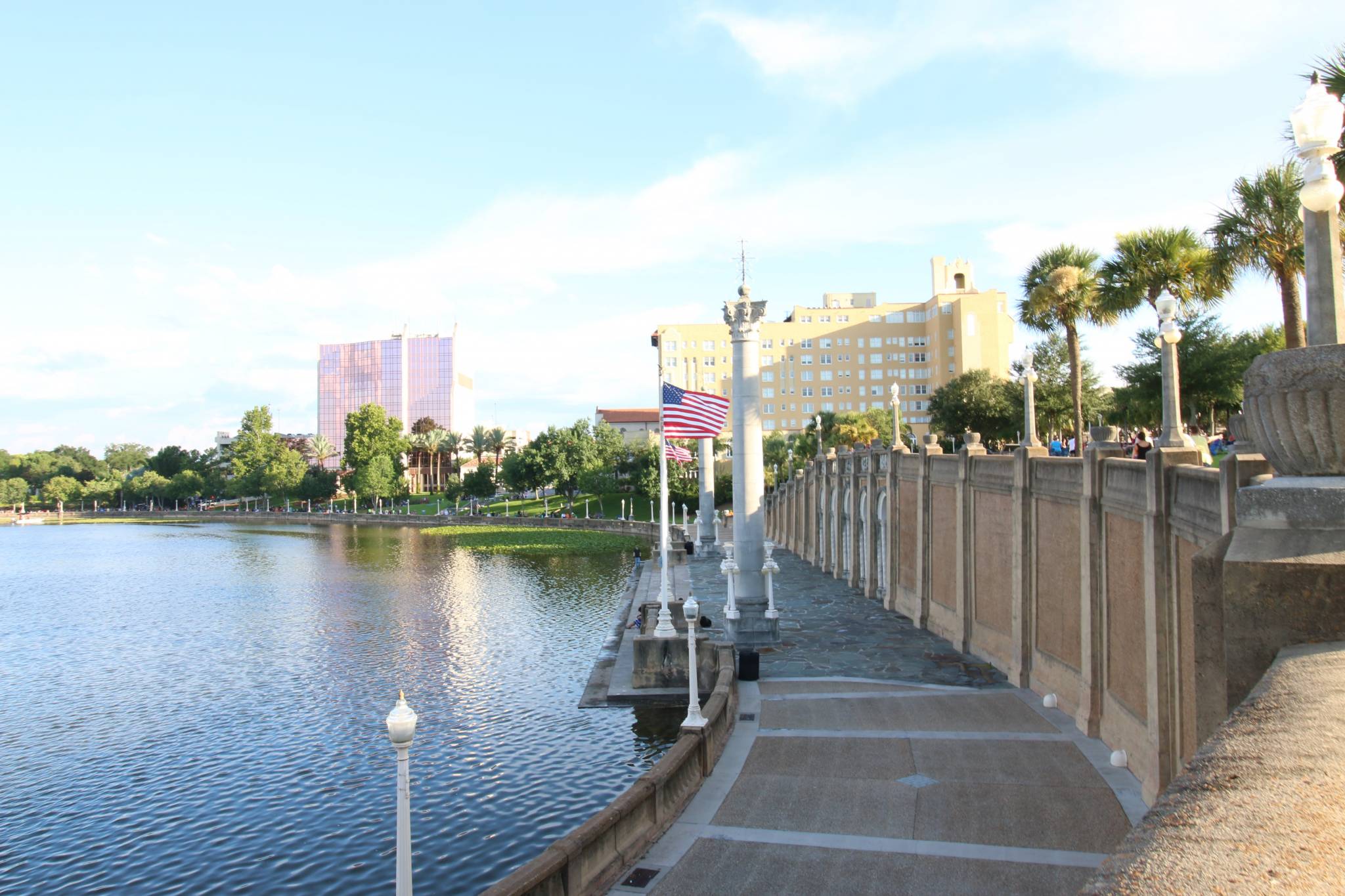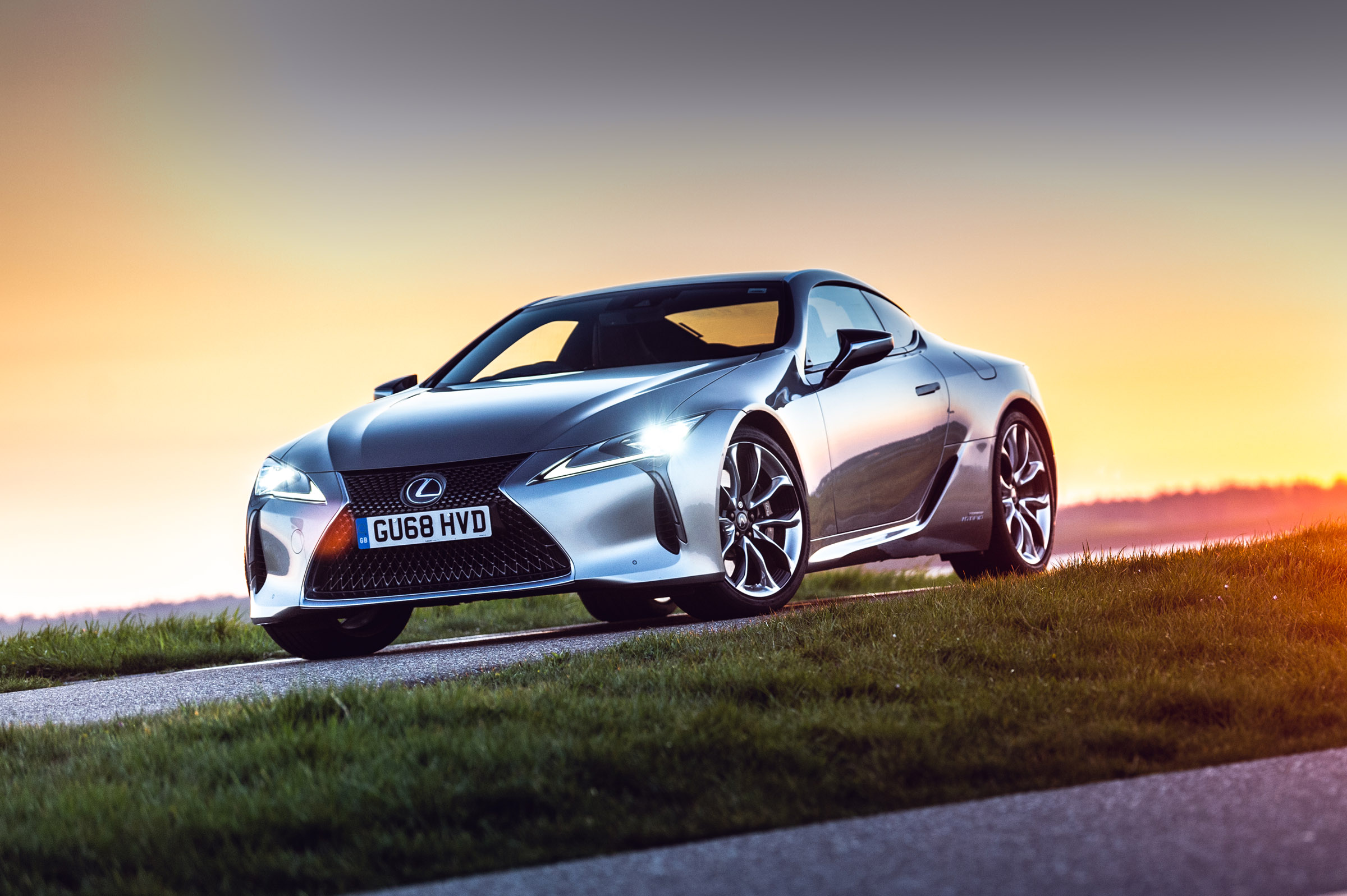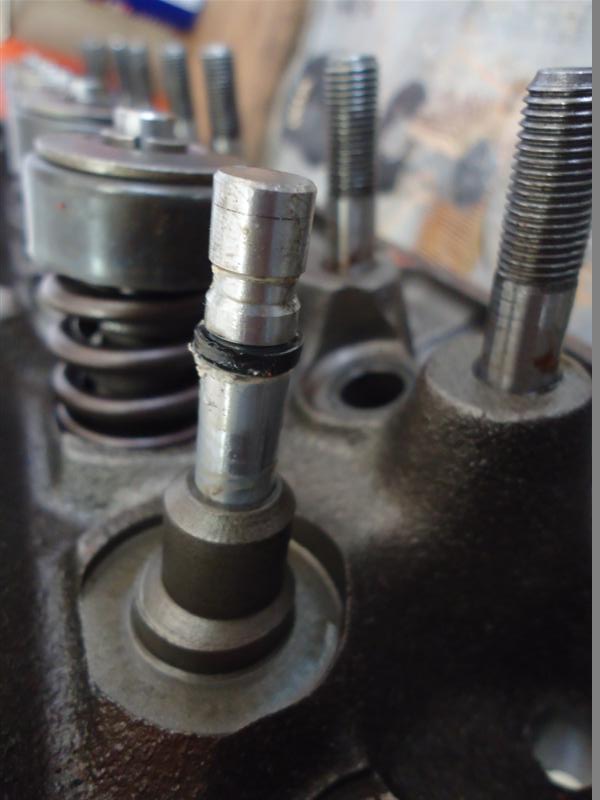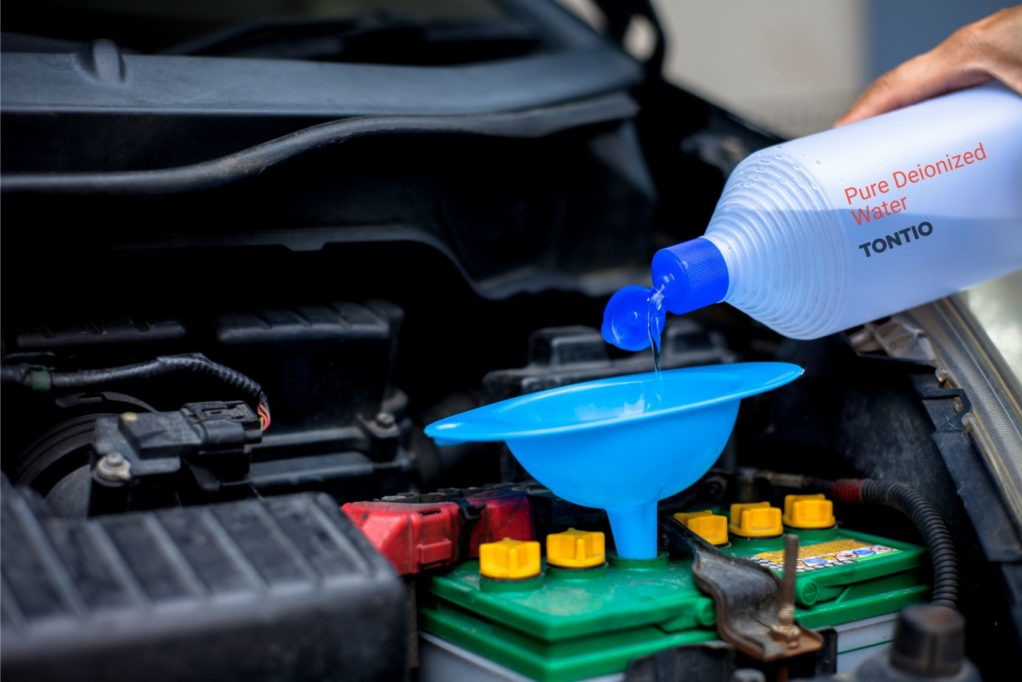Table of Content
- Zip Code 49827 tiny homes with land for sale
- Prefab home prices
- Buying Land for a Mobile or Manufactured Home? – Watch for these HIDDEN COSTS!
- Gen Z’ers Are Now Buying Homes. Here’s Why Manufactured Homes Are So Popular With Them.
- Manage Your Mortgage
- How To Buy Land To Build a Home: How Much Land Costs, and More
It takes fewer laborers working over the course of fewer days to make a prefab move-in ready. Plus, as we mention, heating and cooling tend to be more affordable with prefab homes than with regular ones. If you’re open to buying an existing home, compare the costs of what’s available on the market with the cost of building a prefab. And remember that various levels of fittings and customization can raise or lower the cost of your prefab. Talk to the manufacturer about cost-cutting strategies available to you.

Building a prefab home costs 10% to 20% less than a site-built home. Prefab homes cost anywhere from $120,000 to $270,000 to build and put together; site-built homes can cost from $155,310 to $416,250. Some constraints will reduce your options for predesigned prefab homes. For example, integrated garages and very large homes will severely limit your predesigned options, as will heavily sloped lots and lots under 3,000 sqft.
Zip Code 49827 tiny homes with land for sale
The County’s zoning ordinance will give you all the details on this. Neglect to check these things before buying land, and you might find you’re not able to build there at all. The first is where to build—and that means you’ll need to purchase a plot of land.

Depending on the location of your property, you may run into an issue with building permits. Certain types of structures aren’t allowed in the suburbs, and your neighbors may have an issue if you try and put a$10,000 solar kit housedown on a street full of old Victorian-style homes. Many tiny prefab homes are under 400 square feet, and while they are an acquired taste, they can be roomy enough for some surprising amenities. If you can’t find a house you want to buy you may be tempted to build your home yourself. In that case, you’ll need to choose between a stick-built house and a prefab home.
Prefab home prices
A prefab home costs significantly less than building a traditional one. It takes up half the space, which means you don’t need a big backyard, and it requires less land. And since it has several types of foundations to choose from, it’s cheaper to build.

Zoning information is critical in determining whether you’ll be allowed to build what you want on the property. Many builders will allow you to customize your prefabricated home. Finally, you should figure out how much you are willing to spend on your prefab home.
Buying Land for a Mobile or Manufactured Home? – Watch for these HIDDEN COSTS!
Many cities and counties put their zoning maps and property information online, so be sure to check the department’s website first. If you already have a prefab home design, you can skip this step. However, if not, you should sketch out the layout of your future home.

In addition, they tend to be smaller than custom-made houses. Another issue is that most prefabricated homes come with limited options. So if you want something different from the norm, you’ll have to pay extra for customization. The most important thing to keep in mind when shopping for a plot of land for your modular home is making sure the land is zoned for this type of home. Many of the top manufacturers of prefab homes offer prefab home and land packages. Since they are all different, you should first check the prices they have quoted for different types of prefab homes.
You’ll also need to hook up to electricity and natural gas if they’re not already available on your property. Once again, hiring a professional to handle this work is best. If the land is not properly cleared, it could delay the delivery and assembly of your home.

It is an essential step of the process and one of the most affordable parts. Land preparation is essential for a modular home because it ensures that your project will be built on a stable foundation. The house could settle unevenly or even sink into the ground if the land is not properly prepared.
Others have criticized the district’s community engagement efforts, and the location of the site — which has long been intended for public housing. Bigger isn’t always better if you’re on a budget, especially considering the average size of American homes has doubled since the 60s. There are millions of older homes under 2,000 square feet, but most modern homes and new constructions are typically at least 2,500 square feet or larger.

They can be joined together like a modular home, but aren’t as comfortable or accessible. Panelized homes are built to code and include floors, walls, and trusses at a minimum. SIP orStructural Insulated Panelsare also a form of panelized housing, but quite different from a design standpoint. The cost of a prefab home will vary depending on how much you’re willing to do yourself and how much you outsource to others.
You can expect the building process to take between 2 to 6 months if you’re building a small to average-size home. Once you have an idea of your budget and choose a contractor, you will work with their team of architects, designers, and engineers to find the perfect design. Obviously, if you’re buying a tiny home or kit house, the process will be different. Before you become too enamored with a specific style or type of prefabricated home, you’ll need to check with the city or county and see what’s allowed for your area.
Once you have your location narrowed down to the County level, the very first thing you need to do is check the zoning. A modular home will show up to your property in a bunch of pieces, much more similar to a site built home. Trucks will show up with the framing, walls, doors, windows, and then they’ll put it all together on site. A modular home, similar to a manufactured home, is built in a factory. A manufactured home is built after 1976 and is subject to the housing and urban development code. This is because it’s not easy to find an empty lot in the city suburbs.
When you apply for a mortgage for your vacant piece of land, why not finance the purchase of the modular home as well? This will help your application along more quickly, and increase your chances of mortgage approval. Lenders typically approve vacant land loans if they also cover the additional collateral of the modular home.
























